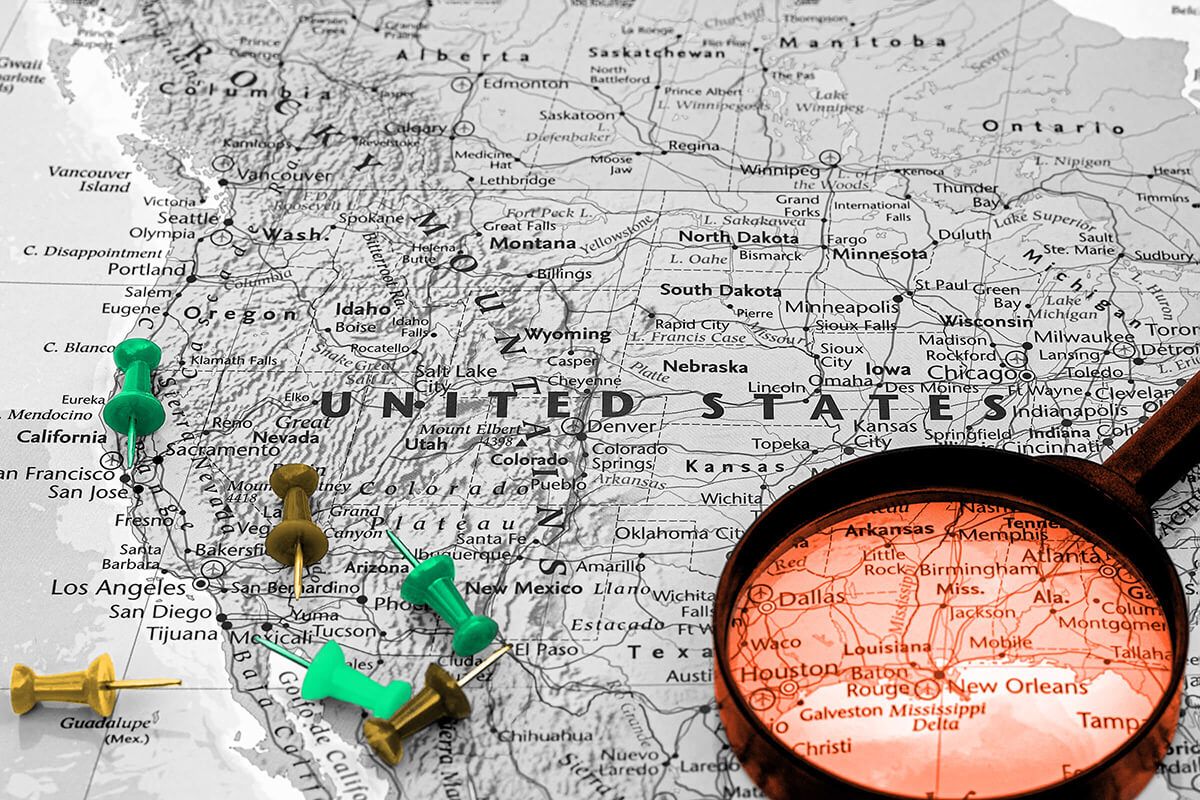
There is a 9-inch aluminum pyramid atop the Washington Monument.
Today, aluminum is a common material you can buy for cheap at your local supermarket, but in the mid-to-late 19th century, it was as valuable as the most precious of metals. Although the material is easily found in the Earth’s crust, a pure form of aluminum doesn’t occur naturally. Instead, it requires a laborious process to extract it from other elements with which it appears, such as iron or silicon. So when the U.S. government needed an impressive topper for the Washington Monument, they went with a 9-inch pyramidion (a small pyramid at the top of an obelisk) made of aluminum — the largest piece of aluminum ever made at the time. The pyramid was affixed atop the Washington Monument on December 6, 1884; after 36 laborious years of construction, the 555-foot memorial to the nation’s first President was finally completed.
Although the 9-inch aluminum pyramid was dazzling in its day, the hunk of metal also served a more practical purpose. Because the Washington Monument towered over nearby buildings, its designers also intended it as an effective lightning rod. The pyramidion was connected by four iron rods that went down the monument and traveled 40 feet underground into a pool of groundwater, which dispelled the electricity. (Gold-plated copper rods with copper points were also added to the structure after lightning cracked it during a storm in 1885.) Unfortunately, the Washington Monument was a little too good at being a lightning rod — repeated lightning strikes have melted down the aluminum cap by 3/8 inch. Today, two lightning rods divert strikes from the pyramidion, which still glistens atop the monument’s peak.
The phonetic differences between American and British English are usually a case of stressing different syllables or pronouncing vowels differently. However, the pronunciation of “aluminum” vs. “aluminium” (if you grew up outside the U.S. and Canada) often throws speakers for a loop. Perhaps strangely, North Americans use the original pronunciation as coined by British scientist Sir Humphry Davy, who named the element “aluminum” in his 1812 book Elements of Chemical Philosophy. Davy’s coinage did not sit well with some chemists, including Thomas Young, who proposed the alternate spelling in a review of Davy’s book, following an established “-ium” spelling trend seen in words such as helium, lithium, magnesium, sodium, etc. Webster’s English Dictionary, famous for establishing many of the subtle differences between American and British English, went with Davy’s original spelling in its 1828 edition, and nearly a century later, the American Chemical Society followed suit. However, in 1990, the International Union of Pure and Applied Chemistry (IUPAC) accepted the extra “i” as a permanent fixture of the word. Much like the metric system, Americans weren’t having it, and three years later, the IUPAC also recognized “aluminum” as a correct spelling. Everyone wins.

